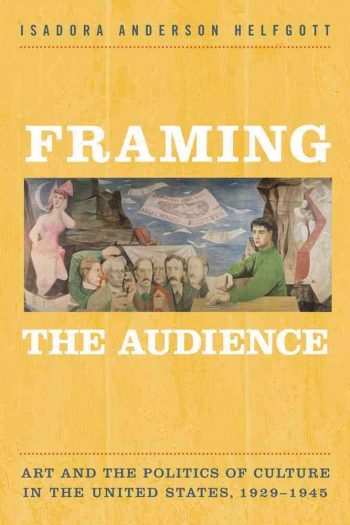Framing the Audience: Art and the Politics of Culture in the United States, 1929-1945
Reviewed by Elizabeth Eikmann, Saint Louis University Isadora Helfgott. Framing the Audience: Art and the Politics of Culture in the United States, 1929-1945. Philadelphia: Temple University Press, 2015. 326 pages. 21 color plates. The culture wars of the years surrounding the 1930s are known for the many and well-fought domestic battles over high art, popular culture, and consumerism. During this era, the barriers between high and popular art upheld by centuries of tradition came crumbling down as leftist American artists worked to redefine the relationship between art and the greater society. Mass circulation of visual media gave 1930s Americans unprecedented access to art and, as scholars such as Michael Denning have argued, it would be during this decade that art gained a new power to create, challenge, and reinforce ideas about national politics, economy, and identity. While numerous scholars have focused their work on the art produced during this time, Isadora Helfgott’s Framing the Audience: Art and the Politics of Culture in the United States, 1929-1945 flips the focus onto the figures behind and beyond the …



